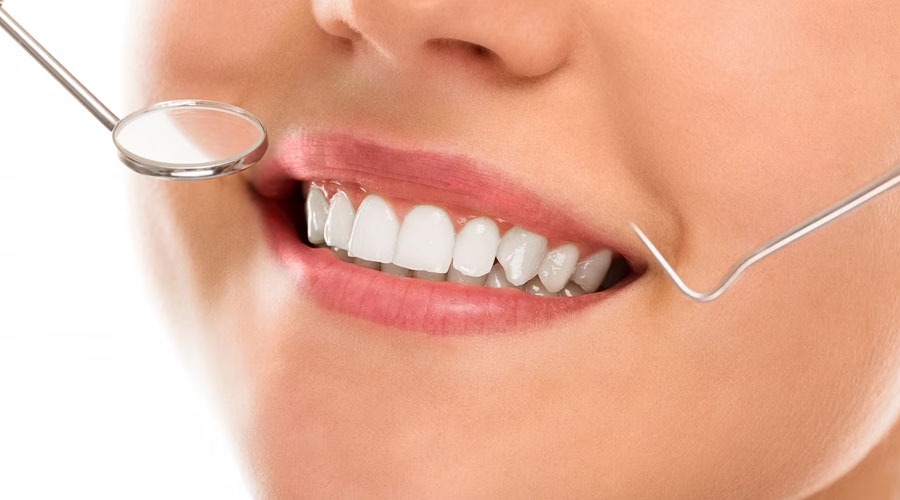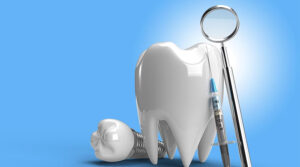Tooth whitening is amongst the most popular dental procedures that lightens teeth and helps in removing discoloration and stains. It greatly improves the appearance of your teeth. It is a onetime procedure but if you need to maintain the brightness of your teeth then it can be repeated.
The outer layer of tooth is called enamel and the natural color of teeth is created by the reflection and scattering of light off the enamel combined with the color of the dentin under it. Your genes affect the thickness and smoothness of the enamel. Thinner enamel allows more color of the dentin to show through. Smoother or rougher enamel affects the reflection of light and in-turn the color.
Tooth enamel contains pores that can hold stains and daily a thin coating forms on the enamel and absorbs stain.
Why do teeth turn yellow?
Some of the common reasons for teeth to decolor are:
- Not maintaining good oral hygiene.
- Consuming tobacco.
- Drinking dark colored liquids such as red wine, cola and coffee.
- Aging is also responsible for making teeth less white as the enamel gets thinner with age.
- Tetracycline antibiotics.
- Intrinsic stains can be caused by too much fluoride exposure as a child while teeth are developing.
- Trauma may also darken teeth.
How to prepare yourself for teeth whitening?
Before planning to undergo tooth whitening, you need to treat your cavities. This is because the whitening solution can pass through decayed areas and reach the inner parts of tooth. If you have receding gums or tooth decay, whitening may make your teeth sensitive. Tooth whitening also does not work on veneers, ceramic or porcelain crowns. In case of receded gums, the exposed roots of your teeth may appear to be yellow.
Your dentist will first examine your teeth and find out the reason behind staining. After that he will clean your teeth. This will remove the film of bacteria and other substances that build up on your teeth and cause staining. Here after the procedure for whitening begins.
Types of whitening procedure
There are two main types of teeth whitening procedures:
- Vital Whitening- Done on teeth that have live nerves
- Non Vital Whitening- Done on tooth that has had root canal
What are the risks of teeth whitening?
There won’t be any grave ill-effects of teeth whitening although some people’s teeth may become sensitive for some time. Some people could face mild irritation in gum. Pregnant women should avoid whitening teeth since the procedure is cosmetic.
Post teeth whitening treatment
You need to follow up with your dentist if your gums turn sore. Whitening is not a permanent solution and stains could reoccur. The whitening will fade if you consume liquids or foods that stain your mouth. If you can avoid these sources of staining then you won’t need another whitening treatment for a year or so.
You can whiten your teeth frequently if you have custom made mouthpiece and whitening agent at home. You can discuss with your dentist what whitening products are suitable for you.





